Timelessly stylish - that's Yorkshire women for you
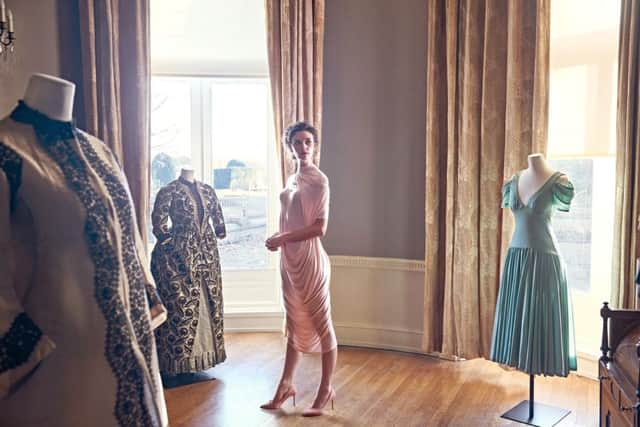

Fashion has been alive and well and living in Yorkshire for centuries. And the proof, should anyone have their doubts, can be found at Lotherton Hall, near Aberford, home of the Fashion Galleries of Leeds.
Opening next weekend, the exhibition Fashionable Yorkshire – Five Centuries of Style showcases Yorkshire women’s lives and clothing from the 17th century to the present day, from factory workers to grand society ladies.
Advertisement
Hide AdAdvertisement
Hide AdThe earliest piece is a jacket worn around 1610-20 by Margaret Layton of Rawdon, on loan from the Victoria & Albert Museum. “It’s a really amazing piece,” says Danielle Sprecher, curator of costume and textiles for Leeds Museums. “It’s a really rare survival because we’ve got the portrait of Margaret and also the jacket that she’s wearing in the portrait.”
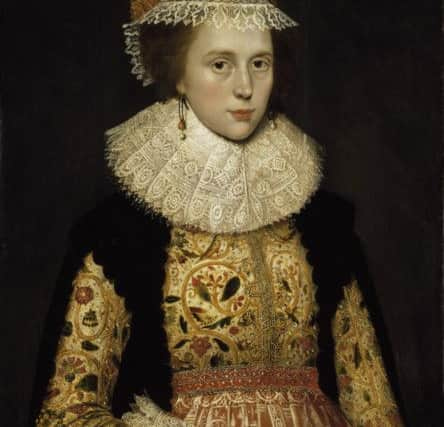

Intricately embroidered in silk and silver gilt thread featuring creatures and plants, it’s an exquisite piece. “It would probably have cost a lot of money. She was a wealthy woman,” says Danielle.
Margaret, the daughter of a London merchant, married Francis Layton of Rawdon, who owned land around the village, and the couple bought more in the area after their marriage, suggesting Margaret’s dowry was substantial. They lived between Layton Hall in Rawdon (still standing) and Covent Garden.
“The portrait of Margaret shows how wealthy she was, because of the quality of her clothes,” Danielle says. “It would have been worn during the day for formal wear. She is painted wearing really elaborate lace ruff and cuffs, a red silk skirt over the top of it, an embroidered whitework apron and an embroidered hat with a plumed feather, and lots of jewellery.”
Advertisement
Hide AdAdvertisement
Hide AdThere are around 16 pieces in the collection, all worn, owned and, in some cases, made by women from Yorkshire. The most contemporary items are flat caps by Rhian Kempadoo Millar, made in Yorkshire tweed, and African print pieces by Leeds poet and performer Khadjah Ibrahiim, a student at Leeds College of Art in the 1980s.
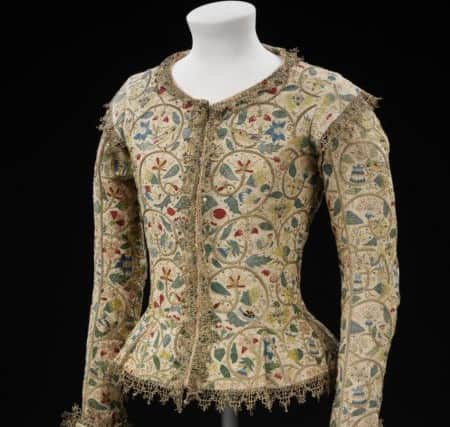

But which is Danielle’s favourite garment?
“That’s a really hard question because I like them all for different reasons,” she says. “The pieces that I find most touching are garments worn by a woman called Rosetta Rowley. She lived in Bradford in the 1940s and 50s and her family were working class.
“She was a land girl and then worked in a costume jewellery factory in Bradford and also as a cinema usherette. We have the suit she wore when she got married in 1952 and a handbag and some other pieces, but she sadly died in 1953 when she was only 24.
“They are kind of ordinary clothes, but you can tell she is interested in fashion. The dress is in print cotton but it’s very much in the New Look style.”
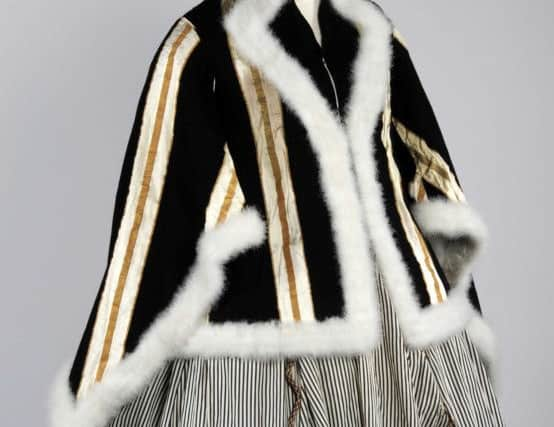

Advertisement
Hide AdAdvertisement
Hide AdRosetta’s mother, it seems, kept all her clothes after she died, and Rosetta’s sister donated them to Leeds museums in the 1970s.
There are several grand pieces worn by mill owner’s daughter Mary Holden Illingworth (1838-1908), who grew up between Bradford and Paris. “She really liked clothes and wrote about them in her letters,” says Danielle.
When her daughter married in 1881, she bought a dress from Paris designer Charles Frederick Worth, which is on show. “The fabric is just gorgeous, so that’s a real highlight,” Danielle says. “It shows very much the 1880s style, and she was still interested in fashion when she was an older woman, which is really nice.”
It’s a fascinating peek into how Yorkshire women of all classes have lived and dressed through the ages. Danielle says: “People can get an insight into women’s lives over the centuries, and maybe think about why they wear what they wear.
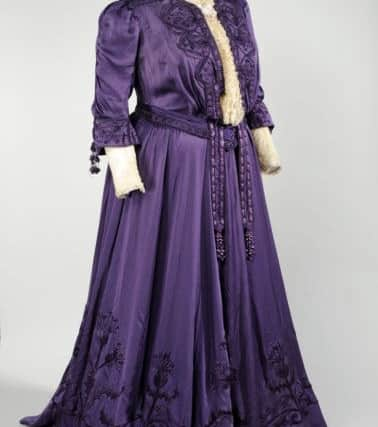

Advertisement
Hide AdAdvertisement
Hide Ad“It shows that, whoever you are, no matter how much money you’ve got, you can enjoy fashion and show off your personal style.
Fashionable Yorkshire – Five Centuries of Style opens this Friday and runs at Lotherton Hall until December 31. See Leeds.gov.uk/museumsandgalleries/Pages/Lotherton-Hall